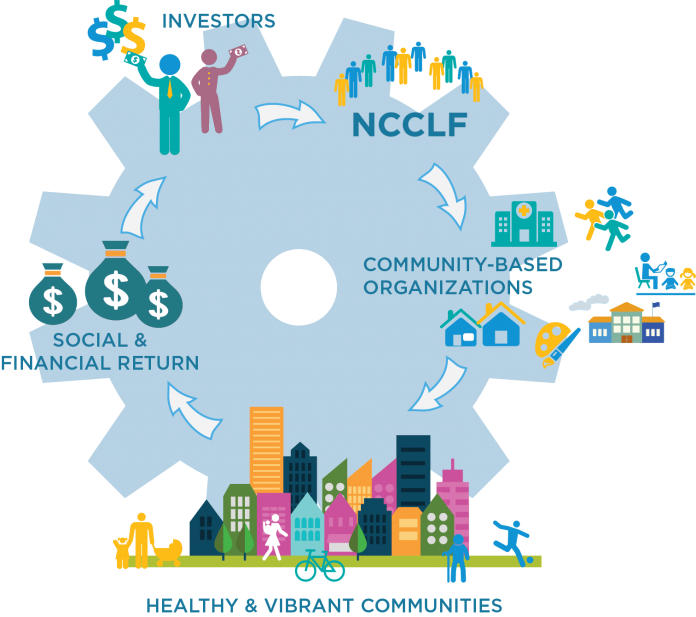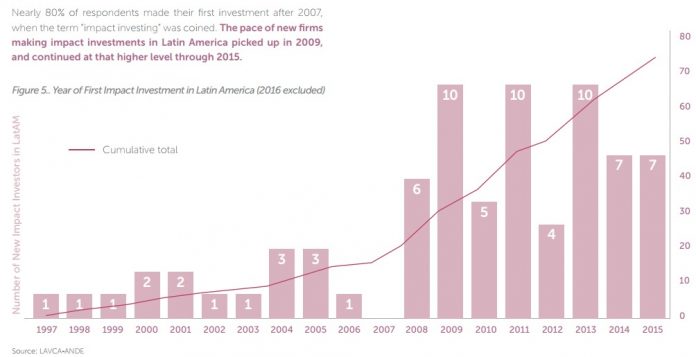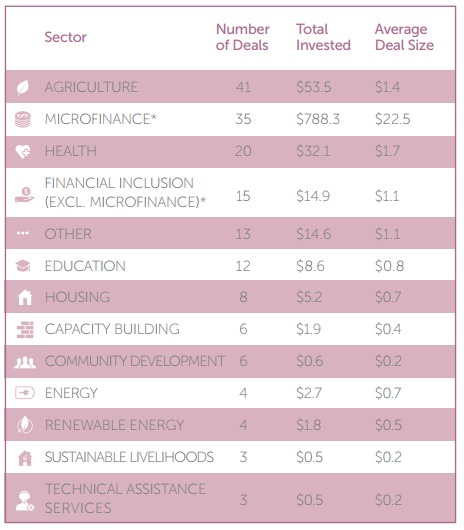China is hot on the heels of US-based Tesla.
It has developed a supercar capable of accelerating from 0-200kph in 7.1 seconds with top speed of 313kph, and which features an interchangeable battery system that allows the charging in 45 minutes and delivering a range of 427 kilometers.
NextEV Chairman William Li said in a statement said, “We believe that when the car ownership experience exceeds expectations, electric vehicles will become the natural choice for everyone, leading to a more sustainable tomorrow.”
Big Bet
Baidu Capital is an investor via a 20 billion yuan ($3 billion) investment fund Baidu set up late last year to focus on mid- and late-stage deals in the internet sector.
NextEV already has the backing of tech giant Tencent Holdings and Hillhouse Capital, and had targeted to have raised 20 billion yuan in China and overseas by the end of 2016
Source: Tech2eets









